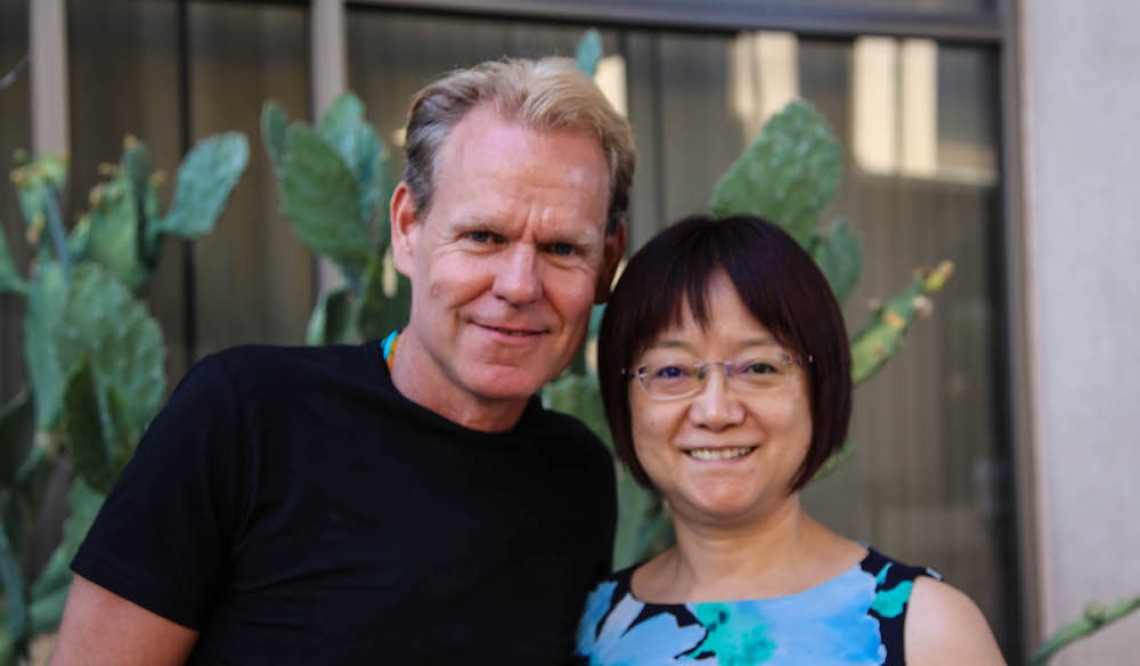Tech Blog: UA College of Pharmacy Professors Introduce New Means of Preventing & Repairing Skin/Sun Damage

|
Watch the new episode of Invented Arizona, where we speak with Donna Zhang, Ph.D. and Georg Wondrak, Ph.D. about their protection and repair technology for sun damaged skin. |
As summer approaches, consumers across the country will soon begin stocking up on sunscreen that use chemicals or physical particles to protect their skin from harmful UV rays that can cause extensive DNA damage. While these sunscreens must be reapplied every few hours to remain effective, damage to user’s skin can still occur. Over time, with enough damage, a user’s cells can begin to change, putting them at a greater risk premature aging and the development of cancer.
Because of this, consumers are becoming increasingly more aware of the importance of reversing any current damage, if possible, and mitigating any future damage.
Here at the University of Arizona, Donna Zhang, Ph.D. and Georg Wondrak, Ph.D. are working to make this a reality. Zhang, a professor of pharmacology and toxicology in the College of Pharmacy, and Wondrak, an associate professor of pharmacology and toxicology, Track Director of the Drug Discovery & Development Graduate Program, and member of the University of Arizona Cancer Center, have developed a means of protecting skin and repairing damage from UV radiation through the activation of NRF2, a transcription factor that regulates photoprotective responses in the skin potentially preventing premature aging and carcinogenesis.
Zhang and Wondrak have a key that unlocks the cell’s ability to repair damage by strengthening the cell to repair itself more efficiently. Essentially, their approach “is to have the skin cell produce an antioxidant response to quench all of the damage and remove all of the effects from the inside out.”
This approach can be administered topically, meaning it would only affect the skin, or it can be provided systemically, meaning you can then protect other internal organs like lungs and kidneys from acute damage. And because Zhang and Wondrak have employed a natural additive/alternative to protection, their technology is well-suited for a variety of markets, including places like Hawaii, where the sale of sunscreens containing toxic chemicals will be banned by 2021 due to their negative impact on coral reefs.
Learn more about this technology:
Learn more about other skin cell-related technologies from the University of Arizona:

